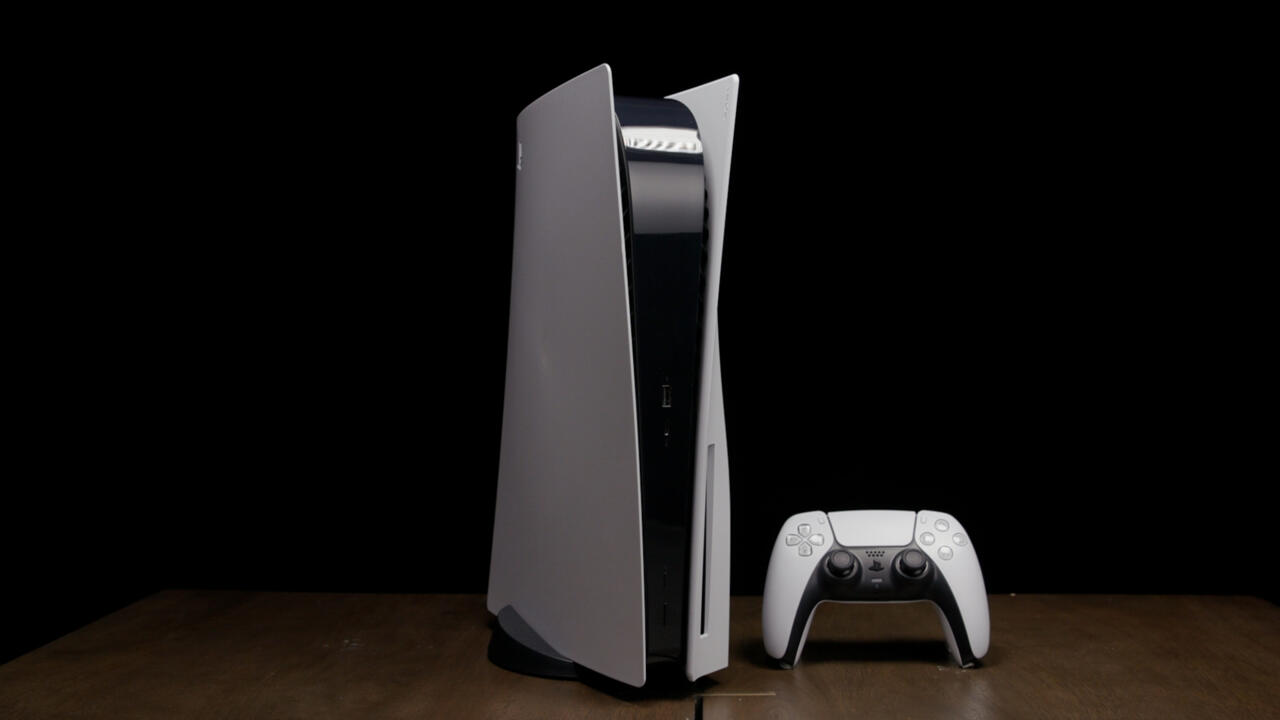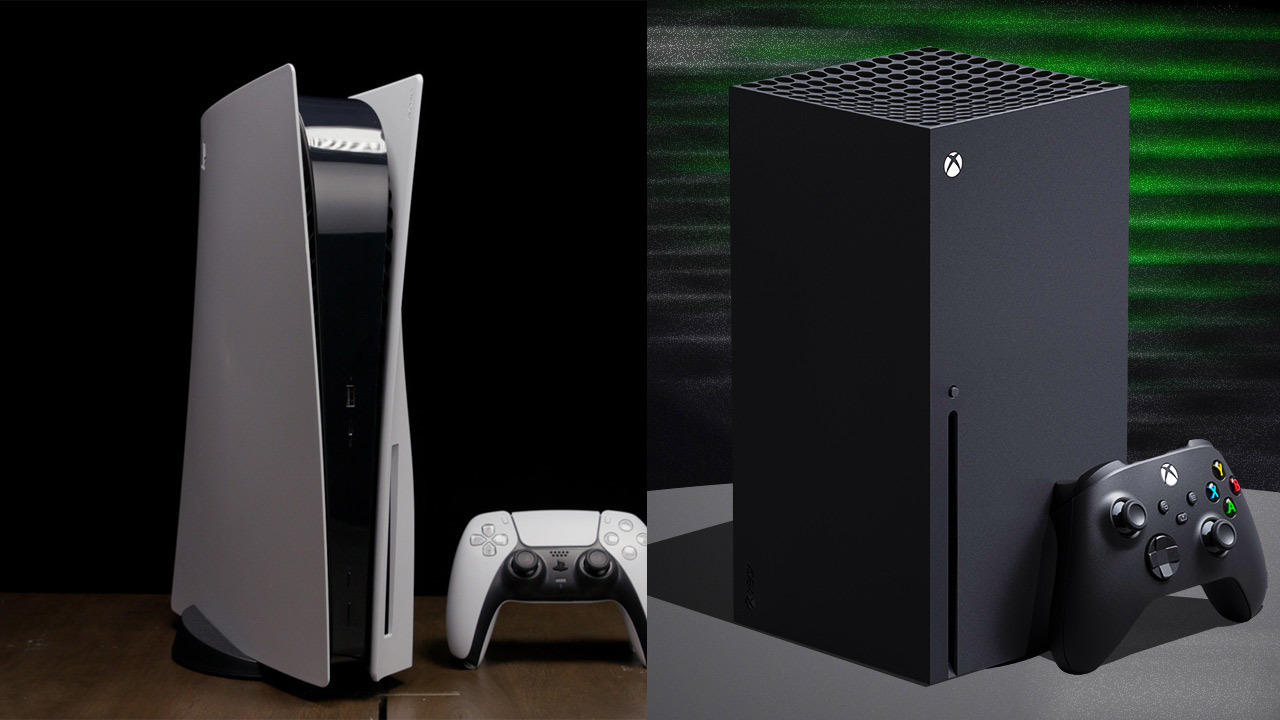PS5 Vs. Xbox Series X|S Storage: Comparing The Approaches After One Year
A year after the PS5 and Xbox Series X|S hit the market, and both consoles have made an incredible impression with their distinctive usage of SSD technology.
When the Xbox Series X|S and PlayStation 5 consoles were first announced, one of the killer features on the then next-gen devices was the solid-state NVMe drive that each one would feature. Both companies had their own ideas for how to use SSDs to benefit their audiences, but the shared goal was a plan to get people playing games quicker and more efficiently. A year later, and the respective vision for each console feels more distinct than ever before.
Solid state of the nation

The simplest SSD comparison to make between the two consoles is still one of raw size. On this level, the Xbox Series X still trumps the PS5, as its 1 TB SSD has around 802 GB of usable space. Meanwhile, the PS5 makes do with an 825 GB configuration that leaves 667 GB free. After a year, those numbers remain the same and give the Xbox Series X a storage advantage over its rival. Just looking at the numbers, though, does a disservice to how those SSDs are used.
The PS5 is a prime example here, as many of its first-party games feature almost nonexistent loading screens. Even a year after playing it, seeing a game like Marvel's Spider-Man: Miles Morales hop from its main menu and straight into a buzzing hive of metropolitan activity almost instantaneously is a phenomenal feat of engineering on developer Insomniac Games' part. While it only has a handful of exclusive first-party games that drop players into the thick of the action at a breakneck speed, these few titles paint an exciting picture for the future of the console and upcoming tentpole games such as God of War: Ragnarok, Marvel's Spider-Man 2, Gran Turismo 7, and Horizon Forbidden West.
While the Xbox Series X settles for a second-place finish with its own list of exclusive titles, it's a position that is still incredibly impressive given its past game lineup optimized for the hardware. It's like watching Superman race the Flash, because Sony's gold medal victory in a first-party race around the world is won by the thinnest of margins.
Take Psychonauts 2 for example, which needs more than a minute to load on older Xbox One consoles. On Xbox Series X|S? That time is cut down to a mind-boggling seven seconds. Gears Tactics? An entire 18 seconds before you can start strategically chainsawing Locust troops in half. Other games take between 6-18 seconds to load up from the main menu as detailed in our Xbox Series X review, drastically cutting down on thumb-twiddling time.
Third-party games are a different story on both consoles though, and with both of them being backwards compatible with the previous generation of games--and more in the case of the Xbox Series X|S--the advantage of an SSD has still been tremendous. Loading screens haven't been eliminated on either platform, but the raw power of those SSDs have made smartphone doomscrolling an endangered social media species.
Red Dead Redemption 2 and Final Fantasy XV are great examples of games with infamously long loading times drastically reduced on the hardware, while a collection of PS4 and Xbox One games were upgraded to take advantage of the new console hardware. Titles like Control, Destiny 2, and Marvel's Avengers don't just do a main menu shuffle into active gameplay quicker than ever; they also arrive with enhanced visuals that make a last-gen game feel more modern.
No matter which game you choose to sit down with, you'll be playing it quicker than ever on either platform. Going back a generation and having enough time to brew a cup of coffee, is easily one of the biggest and most impactful demonstrations of the real strength of the current crop of consoles.
Storage Wars

As mentioned above, there's not a whole lot of space on these SSDs. Top-shelf games equipped with a range of audio and visual extras will quickly devour through whatever space you have available, but both platforms do have their own unique solutions for handling this problem. Previous Xbox generations and PS4 games can easily be loaded onto an external USB 3.0 drive or an external SSD and played from there, but Xbox Series X|S and PS5 games need to be loaded onto specific types of SSDs before they can be played--though they can be temporarily held on external drives.
Space will run out quickly though, and here's where the expansion options take drastically different approaches between the two console manufacturers. With the Xbox Series X|S, memory cards are once again fashionable thanks to the Seagate expansion card. Soon to be available in 512 GB, 1 TB, and 2 TB flavors, these expansion cards are built specifically for the Xbox Series X|S consoles and plug directly into a dedicated port at the back of the console so that they can take full advantage of the console's architecture.

And that's it: That's all you really need to know about them, as these are plug-and-play devices for the current console generation. They're also pricy add-ons, with the 512 GB expansion card costing $140 at retail, while the 2 TB model will set you back around $400. With that hefty price tag comes comfort and ease of use, however, a premium that many people are willing to pay.
For the PS5, a physical add-on for digital peace of mind requires a more intrusive approach. Months after launch, Sony finally enabled internal SSD expansion in August, allowing for consumer-grade NVMe M.2 SSDs to be inserted into the console. There are some caveats to this though, as Sony's demanding requirements mean that only a handful of these SSDs can be utilized. As detailed in our how to install an SSD into a PS5 guide, minimum capacity is 250 GB, the sequential read speed has to be at least 5,500 MB/s, and you'll need to add a heatsink as well if your SSD isn't already equipped with one.
Installing the device isn't daunting, but ask anyone who just spent $500 on a new console and another $200 on a decent PS5 SSD at the very least, and it's understandable to be somewhat apprehensive about taking a screwdriver to your latest Sony acquisition. Whichever console or method you go for, capacity expansion is a pricey hidden cost to keep in mind with this generation of Xbox and PlayStation platforms.
Quick resume versus Switcher
Possibly the biggest appeal of the Xbox Series X|S, Quick Resume has been a literal game-changer of a feature since it was introduced with the consoles last year. The idea of being able to just switch between games at a snappy pace and pick up where you left off sounds like sci-fi technology, but Quick Resume is a very real and very handy addition to the familiar perks of the Xbox ecosystem. Five to six games can be suspended, and switching between them is quick and breezy thanks to the user interface.
It's not entirely perfect, as the online nature of some games--thank you very much for reminding me about this, Hitman 3 and Destiny 2--means that you'll be instantly transported back to the main menu instead of a paused run through Berlin or Trostland. Occasional hiccups aside, Quick Resume's ability to host a number of games in a suspended state is convenience taken to another level. Even switching the console off fully won't interrupt these sessions, and combined with the Smart Delivery functions of the newer Xbox consoles, having the best version of a game instantly accessible at any given time feels like a landmark moment in video game console evolution.
The PS5 though? Users on that system have to settle for second-best in this department. Bouncing between games simply doesn't exist on this console, as the Switcher function located in the Home bar means that you'll need to exit a game before starting another. While the PS4 feature of instantly resuming a single game from Rest Mode on the console has been carried over to the PS5, neither function is as elegant as Quick Resume, and even the PS5's raw SSD power can't close that gap.
One year later

With 12 months under their respective hoods, Microsoft and Sony have each established a unique design philosophy when it comes to SSD technology. Sony's brute strength that makes games almost instantly playable from the moment you arrive on the main menu never fails to impress, while Microsoft's Quick Resume feature is a major selling point of the Xbox Series X|S consoles. Both options feel like major upgrades when compared to the previous generation of gaming, and they're a huge leap forward that is establishing an exciting new foundation for the future.
Got a news tip or want to contact us directly? Email news@gamespot.com
Join the conversation